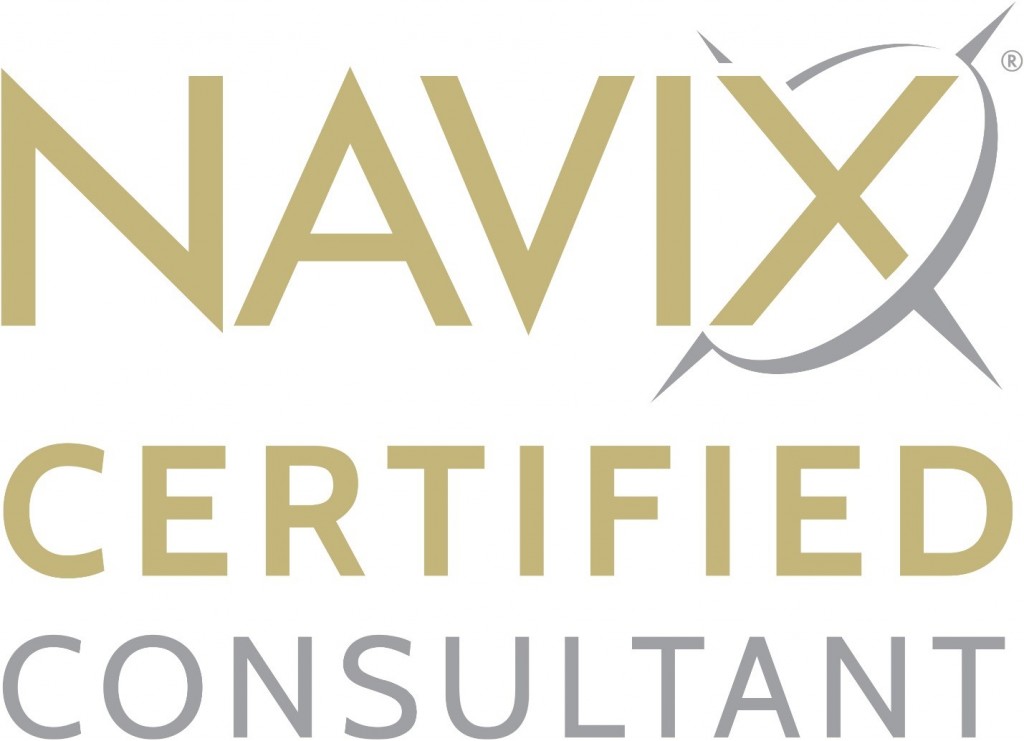Eight Tactics to Escape the Dark Side of Owner Dependency
2.08.2018
In one of the Star Wars movie’s pivotal scenes, Darth Vader attempted to lure his son Luke Skywalker to the dark side of the Force, warning “You don’t know the power of the dark side.” Luke’s skill and talent with the Force made vulnerable to the dark side, and thus target of his nefarious father’s attention.
There is a powerful lesson here for business owners like you. Your skills and talents may come back to haunt you when you ultimately try to exit from your businesses. Within many small to mid-sized businesses, the owner is the most valuable and important employee. Your knowledge, relationships, and vision are what drives the business. Undoubtedly you have help—few CEO/owners build a business alone. However, for years or even decades much of your company growth largely has been due to your personal presence and efforts. Then, one day, you wish to exit. If at that time you remain an essential employee, you may be unable to achieve commonly held exit goals: financial freedom, a sustained business legacy, and an exit on your own terms. You may find yourself in the dark side, trapped inside the company.
To overcome this, owners must build businesses that are not dependent on them. You must create a business that has the leadership, resources, and plan to not merely survive a transition, but to actually thrive after you have exited. Reducing owner dependency is, like resisting the dark side’s temptations, easier said than done. Most owners enjoy what they do, and understandably do not wish to become irrelevant within their own companies. Additionally, owners typically are good at what they do, and the company is accustomed to tapping the owner’s talents and skills to the fullest. Yet, as you move closer to exit, if left unaddressed owner dependency becomes a serious obstacle to exit success.
Listed below are eight tactics to reduce dependency between now and your future exit.
- Build a leadership (and/or management) team that can handle day to day operations without you. Ideally the team can run the company for at least thirty days’ normal operations without your involvement.
- Collaborate with your leadership to devise and follow a written business growth plan for the next two to three years. Meet periodically during the year to measure performance against the plan’s waypoints and address any lagging results.
- Conduct leadership team meetings according to a set, published schedule. Make sure meetings are run effectively and occur even when you are absent. Meetings should lead to clearly defined and documented decisions.
- Insure that the leadership team members have current, written job descriptions, and that their job performance is measured against clearly defined and tracked benchmarks.
- Create a business development team and systems that perform effectively, all the way from lead generation to closing the sale, without your involvement.
- Verify that your normal daily/weekly duties are either not essential to the business or could be readily filled by other employees cross-trained in those areas.
- Brief the company’s top employee leaders on your exit goals. These employees must be sufficiently trustworthy for you to share your exit goals in confidence with them. In return, you must create the win-win for them. This can be accomplished using specialized compensation plans to incentivize top leaders to build company value and stay with the organization up to and beyond your exit.
- Avoid meeting alone with important external relationships, such as customers, prospects, vendors, and lenders. It sends a message that you are the company. If you must participate in these meetings, delegate as much of the conversation as possible to others from your team.
Creating a company that can survive and thrive without you typically takes several years of focused effort, another reason why preparing for exit must begin no later than five years prior to your intended exit age. The good news is that a company than can operate independently of you is usually a more valuable business if you intend to sell, and a more stable business if you intend to exit by way of turning it over to family or employees.
To discuss your unique business, and how to plan for and achieve a successful exit, Call 772-210-4499 or email Tim to schedule a confidential, complimentary consultation.


 Tim is a Consultant to Business, Government and Not-for-Profits Organizations specializing in innovative and challenging ways for organizations to survive, to thrive and to build their teams.
Tim is a Consultant to Business, Government and Not-for-Profits Organizations specializing in innovative and challenging ways for organizations to survive, to thrive and to build their teams.